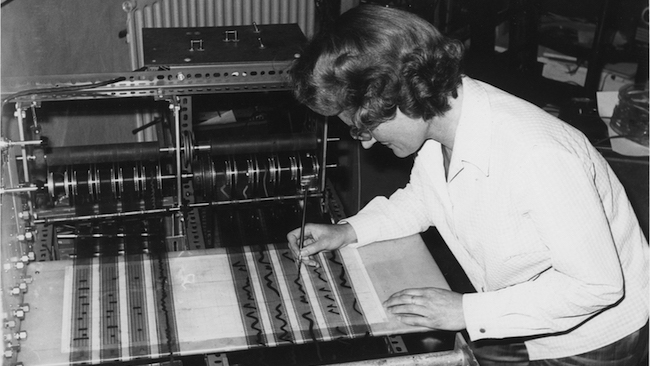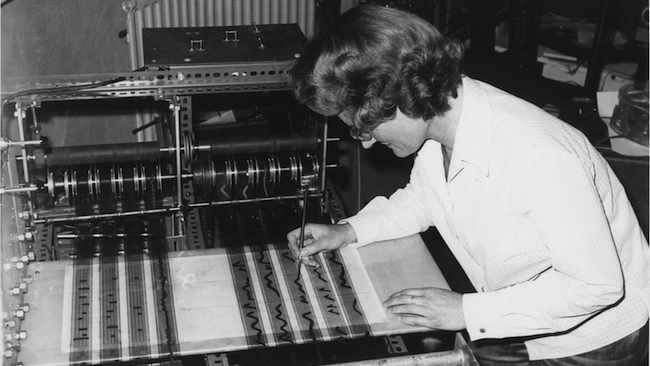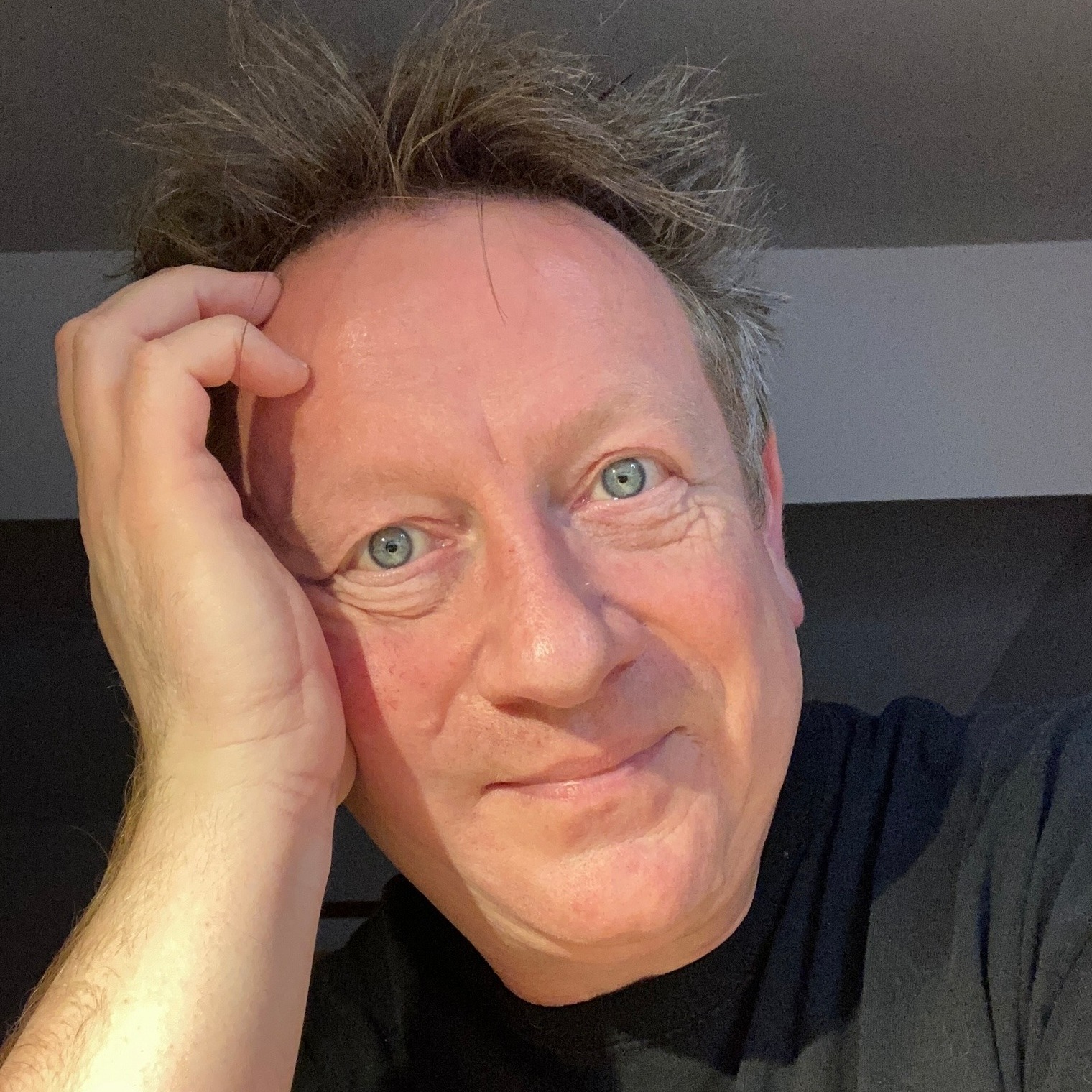
 Daphne Oram composing on the original Oramics Machine
Daphne Oram composing on the original Oramics Machine
The Oramics Machine was a pioneering synth the size of a large photocopier that turned drawn sounds into real ones, but inventor, Daphne Oram's, plans for a mini version languished unmade for 40 years until just recently.
Along with Delia Derbyshire, Daphne Oram is one of the women that most pioneered the development of electronica in the UK with her work for the BBC's groundbreaking Radiophonic Workshop. Back in the 1960s, she was also awarded something in the region of £100,000 in today's money by the Gulbenkian Foundation to develop what she christened her 'Oramics' drawn sound technique.
After around six years effort, the first machine was completed in 1968.
Basically, it allowed musicians to compose using an alphabet of special symbols drawn on 35mm film strips. These were then passed in front of a set of photo-electric cells which generated electrical signals to control the amplitude, timbre, frequency and duration of notes output onto magnetic tape.
The problem was its size: it was simply too cumbersome. So Oram started work on the Mini-Oramics machine in the early 1970s, but due to a lack of funding it was never completed until London Goldsmiths University PhD student Tom Richards decided to take up the challenge.
Working from her original designs in collaboration with the Science Museum (which had her original machine on display for a period after it was located in a barn in Brittany), and using only materials that would have been available during the period, Richards has recreated the Mini-Oramics machine and is now collaborating with a succession of composers to see what they make of it.
"In an alternate universe, Mini-Oramics might have become an actual product, bought and used by musicians all over the world," Richards says.
Of course, in an era of touchscreen inputs, such machines seem almost Heath Robinson-esque (Rube Goldberg-esque in the US), and indeed, Mick Grierson, a lecturer at Goldsmiths, has develped an iOS app that demonstrates some of its principles. Oram herself was reportedly worried that she was being bypassed by developments in the computing field, but the Oramics Machine remains a fascinating insight into the way that researchers were investigating the future of music in the 1960s, and it will be equally fascinating to see what modern day composers make of it.
For more information see the Daphne Oram Collection page at Goldsmiths. And to hear what Richards' new machine sounds like, see below.
Tags: Audio


Comments